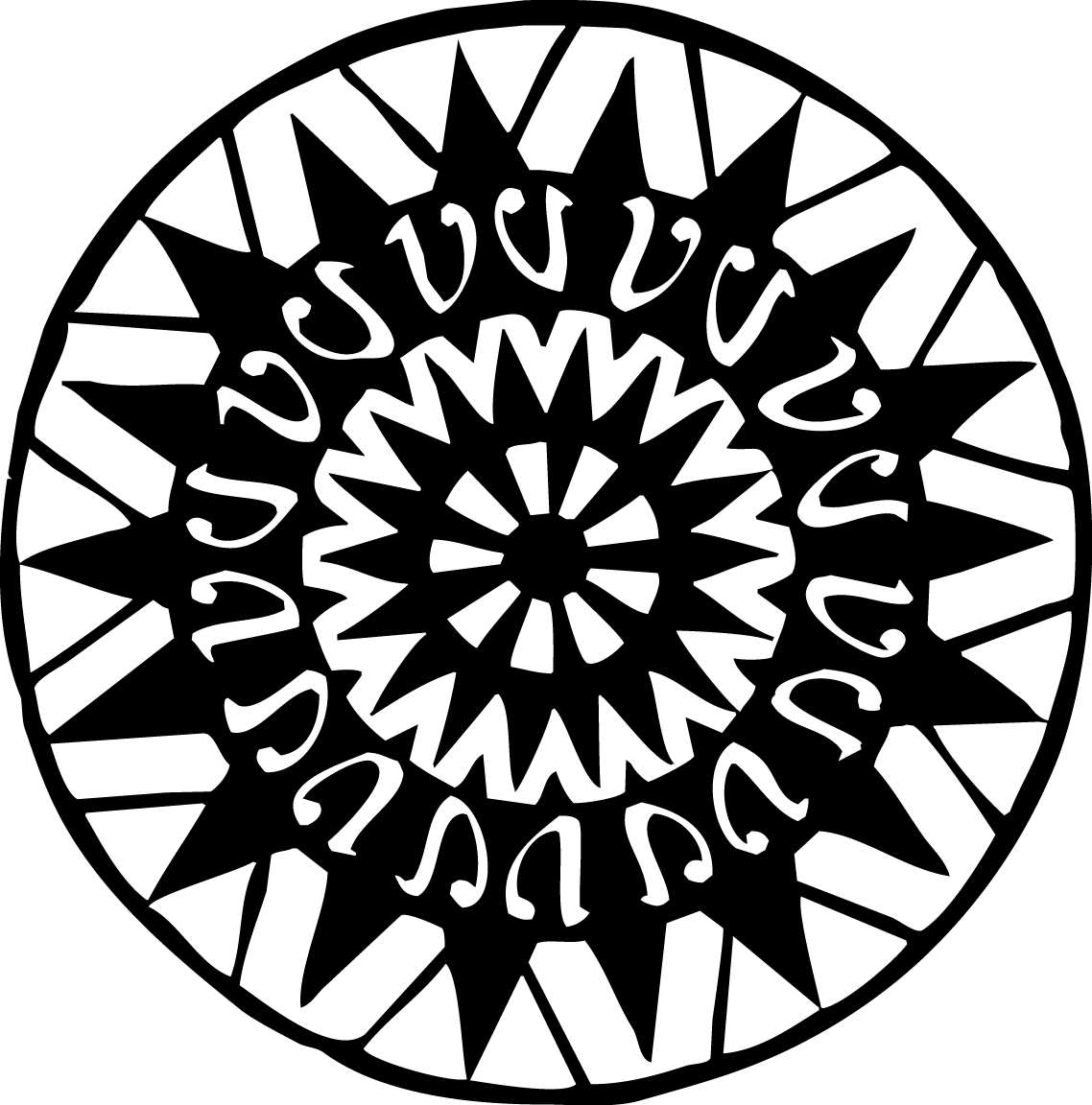I'll be speaking at the SwitchPoint conference in Saxapahaw next week about Designing for the Fringe.
Conference overview
My talk
Care to join?
SwitchPoint is gathering of diverse global thinkers, merging ideas, sharing breakthroughs, tools and lessons to save lives in the developing world– with wide focus on innovation, technology and global health.
The conference brings extraordinary individuals from all over the world to Saxapahaw, NC’s Haw River Ballroom, which is a multi-level, riverside, geothermal and solar powered performance space located in the former dye house of an historic southern cotton mill.
SwitchPoint is part community building, part conference, part retreat, part performance and features both formal and informal presentations, microlabs, entertainment, and networking events with a single goal in mind; sharing and fostering unusual collaborations.
Speakers come from over 25 countries and represent a diverse array of disciplines.
What: Schedule of events
When: April 23 & 24, 2015
Where: Saxapahaw, NC
How much: $60-$250 depending on who you are and what you attend










BrainDance is a collaborative project bringing together dance choreographers, neuroscientists, physicians, philosophers and people with Parkinson's disease to explore movement.